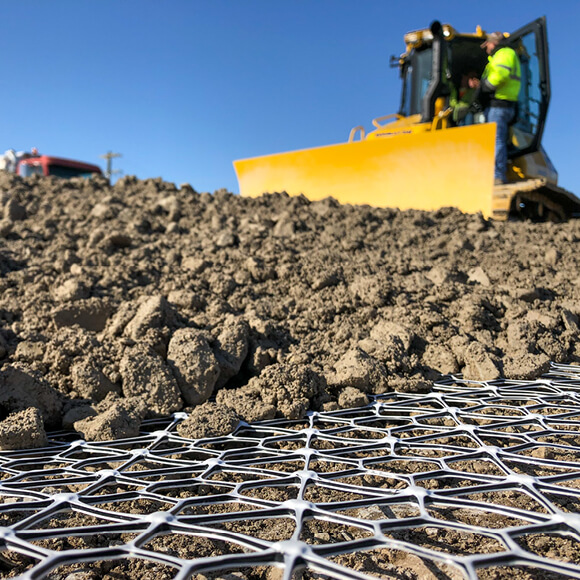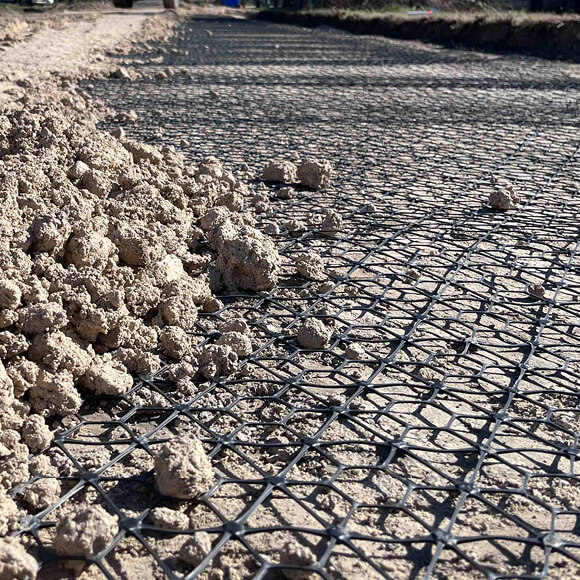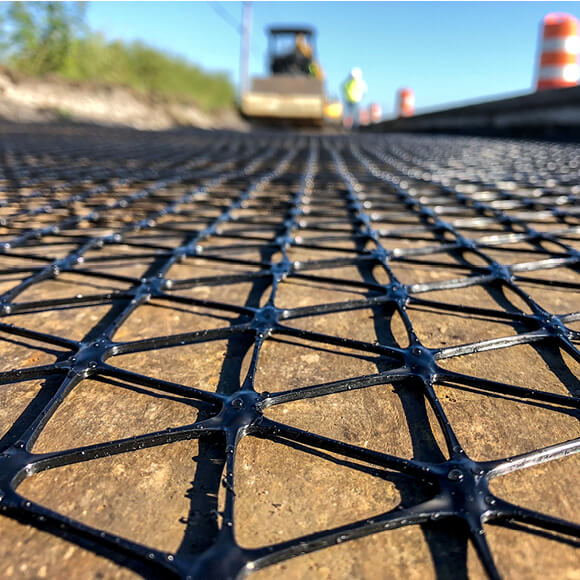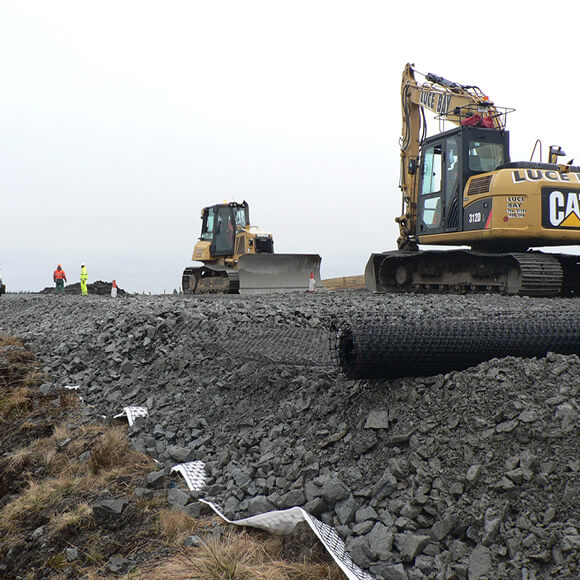
Permanent or Temporary Unsurfaced Road Design
No road surface does not mean no design
Unsurfaced roads may be permanent or temporary, for example, haul and access roads are normally unsurfaced roads and intended for a relatively short life. But a much larger network of unsurfaced permanent roads exists. In many parts of the world, including many highly developed countries, most connecting roads and farm-to-market roads are unsurfaced. They comprise one or more layers of unbound material to protect the subgrade, distribute wheel loads, and provide a suitable surface for vehicles to travel safely.
All roads, temporary and permanent, should be designed to provide the required service life, based on traffic load and ride quality, with the most economical use of materials and energy. Economical design should also deliver minimum embodied carbon emissions and the lowest whole-life cost.
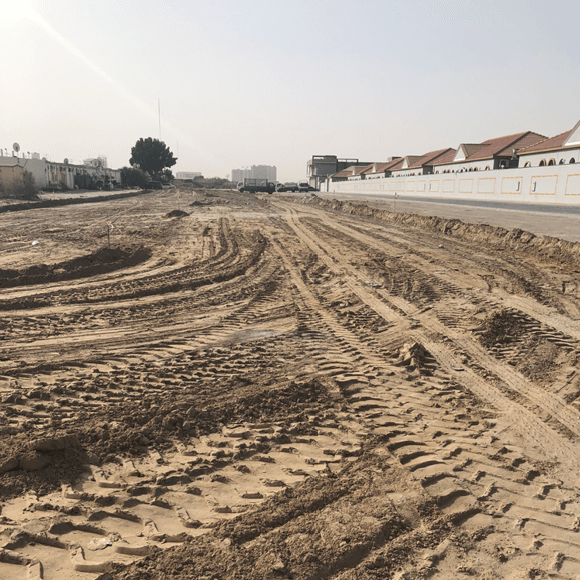
Protecting the subgrade during construction
During construction, subgrade soils need protecting from rutting and deformation that lead can to a weakening of the soil. In addition, a smooth formation with crossfall needs to be maintained to allow for drainage or water infiltrating from the surface. Ruts in the formation hold water within the road structure that leads to softening of the subgrade and premature failure of the road.
Post construction, the subgrade must be protected from high traffic loading that can lead to subgrade deformation and surface rutting making the road unserviceable.
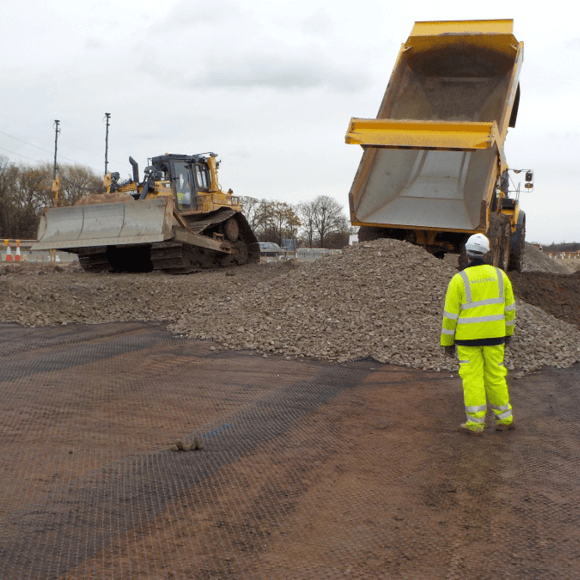
Getting more for less.
Strengthening the unbound layers will reduce stress on the subgrade enabling a reduction in road thickness without loss of performance. The strengthening can be achieved quite simply, by mechanically stabilising the unbound layers using Tensar geogrids.
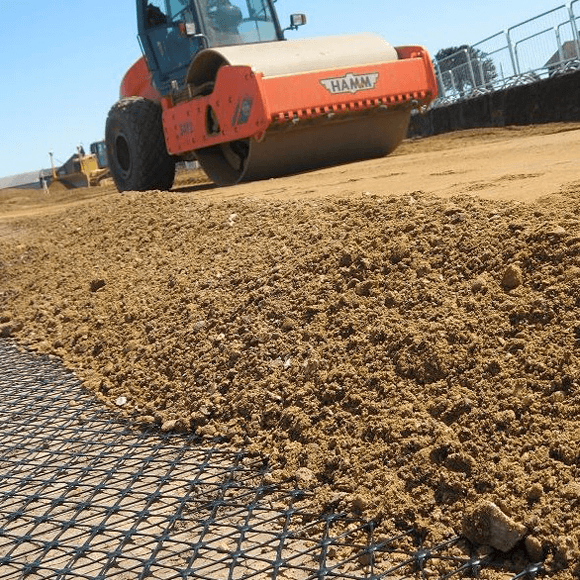
Mechanical Stabilisation of the unbound layers
Tensar geogrids are designed to interlock with and confine the aggregate, and create a mechanically stabilised layer (MSL) that controls particle movements both vertically and laterally. The MSL evenly distributes the load - reducing subgrade stress - increases bearing capacity, and ensures longer-term stability and performance. Reductions of up to 50% in thickness are possible while still maintaining the design service life.
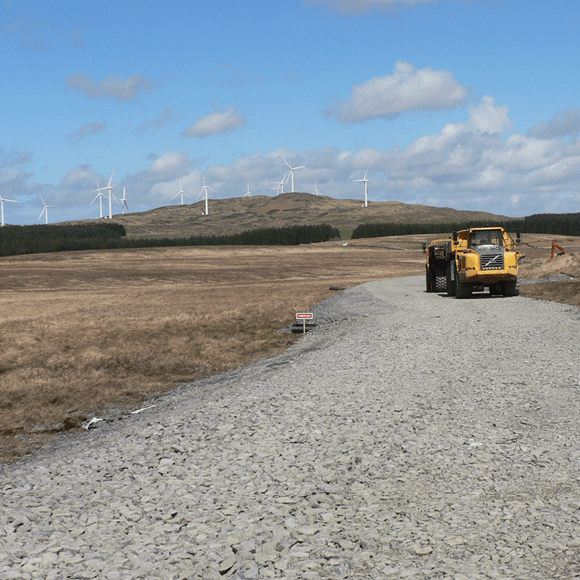
Less material, less carbon - less cost.
Reducing the thickness of the unbound layers delivers direct savings in the cost of imported materials with the knock on benefits or reduced transportation and energy costs, lower carbon emissions and quicker construction.





